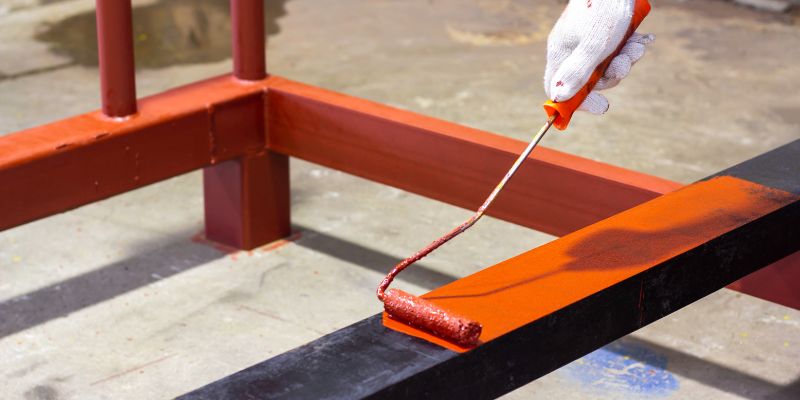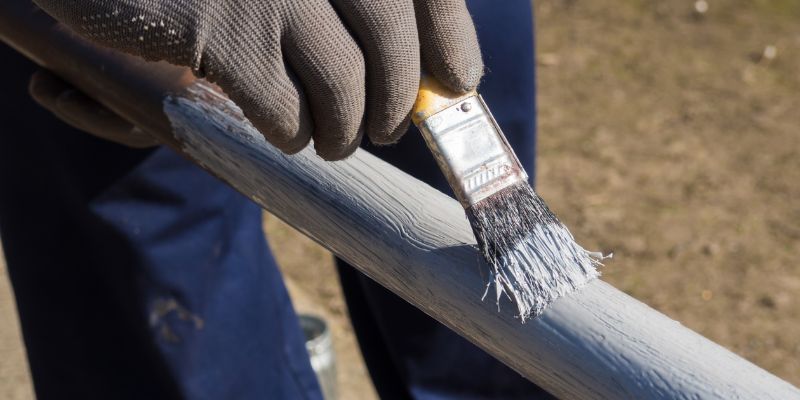Are you planning to paint or refinish a wooden surface? It’s important to prepare the wood properly to ensure a smooth and long-lasting finish. One crucial step in this process is applying primer. But, how many coats of primer do you really need on wood? Let’s explore this topic further and understand the benefits of using the right number of primer coats.
The Purpose of Primer
Before diving into the number of coats, let’s discuss the purpose of using primer on wood. Primer serves several important functions:
- Sealing: Primer seals the wood, preventing any moisture from seeping in and causing warping or damage.
- Bonding: It creates a strong bond between the wood and the topcoat, ensuring better adhesion of the paint.
- Uniform Appearance: Primer creates a smooth, even surface, hiding any imperfections and providing a consistent base for the paint.
- Improved Durability: Applying primer helps to extend the lifespan of your paint job, preventing the paint from peeling or chipping prematurely.

Determining the Number of Coats
The number of coats of primer required for wood depends on multiple factors:
- Condition of the Wood: If the wood is in good condition, with minimal imperfections, a single coat of primer may be sufficient. However, if the wood has visible knots, stains, or previous paint layers, additional coats may be necessary.
- Type of Wood: Different types of wood have varying levels of porosity. Softer woods like pine absorb more primer, while hardwoods require less. You may need multiple coats to ensure proper coverage on highly porous wood.
- Desired Finish: If you’re planning to apply a light-colored or translucent topcoat, using multiple coats of primer can help block any wood tannins or stains from bleeding through.
- Primer Quality: The quality of the primer itself also plays a role. Higher-quality primers generally provide better coverage and adhesion, reducing the need for multiple coats.
Best Practices for Applying Primer
Regardless of the number of coats you decide to apply, following these best practices can ensure optimal results:
- Clean the Surface: Make sure the wood surface is clean, dry, and free from any dust, grease, or contaminants.
- Sand for Smoothness: Sand the wood to create a smooth surface and improve primer adhesion. Use a fine-grit sandpaper for this purpose.
- Use the Right Tools: Select high-quality brushes or rollers suitable for applying primer. Remember to choose the size and type that works best for your project.
- Apply Thin Coats: Apply thin and even coats of primer, allowing drying time between each coat as recommended by the manufacturer.
- Sand Between Coats: For a smoother finish, lightly sand the surface between primer coats to remove any imperfections.
- Assess Coverage: After applying each coat, assess the coverage. If the wood is still visible or there are areas that require additional sealing or hiding, consider applying an extra coat.

Conclusion
When it comes to applying primer on wood, there is no one-size-fits-all answer to the number of coats required. Evaluate the condition of the wood, the type of wood, and your desired finish to make an informed decision. Remember to follow the best practices outlined above for maximum effectiveness. Always refer to the instructions provided by the manufacturer of the primer you are using. Properly priming the wood will enhance the paint job’s quality, durability, and overall longevity.


